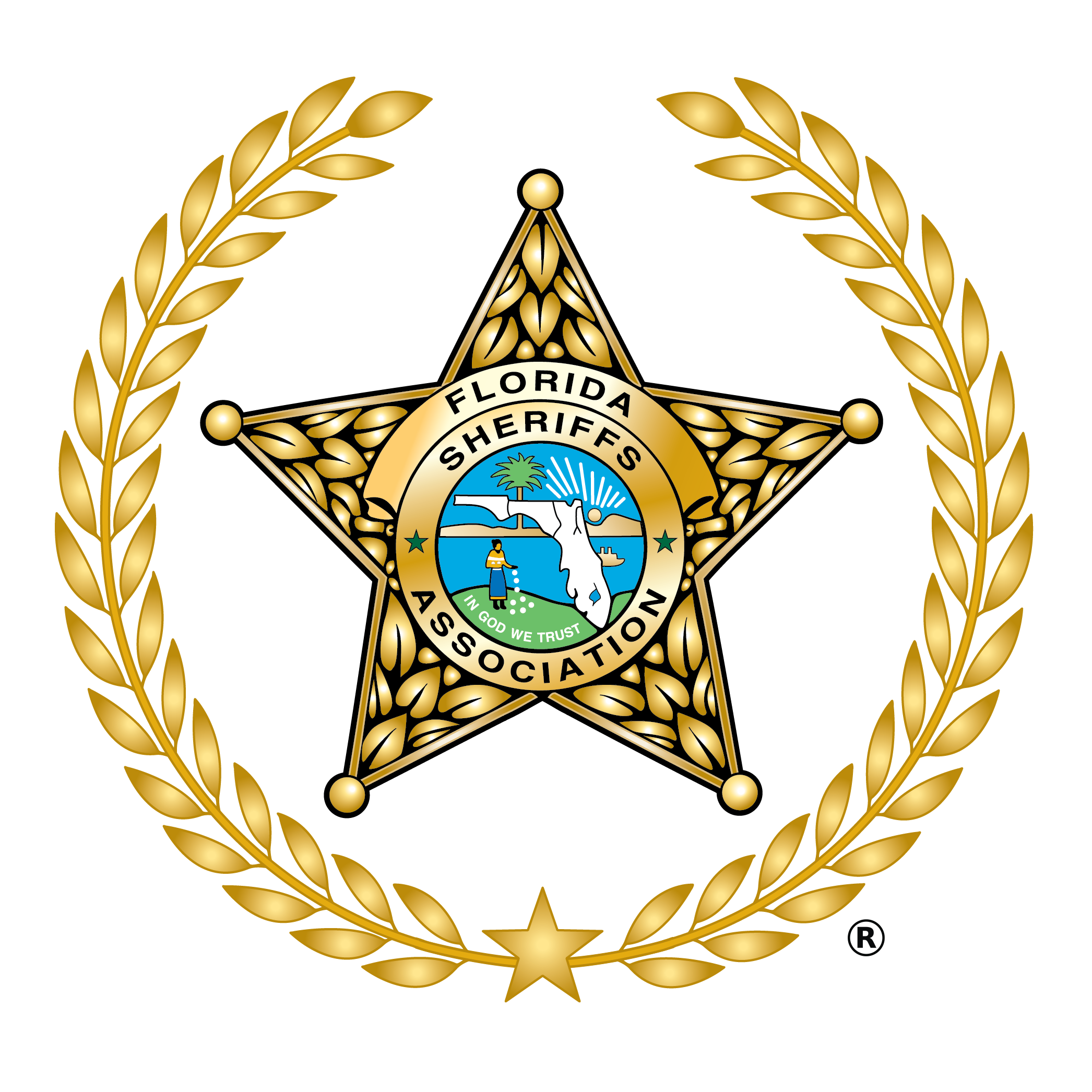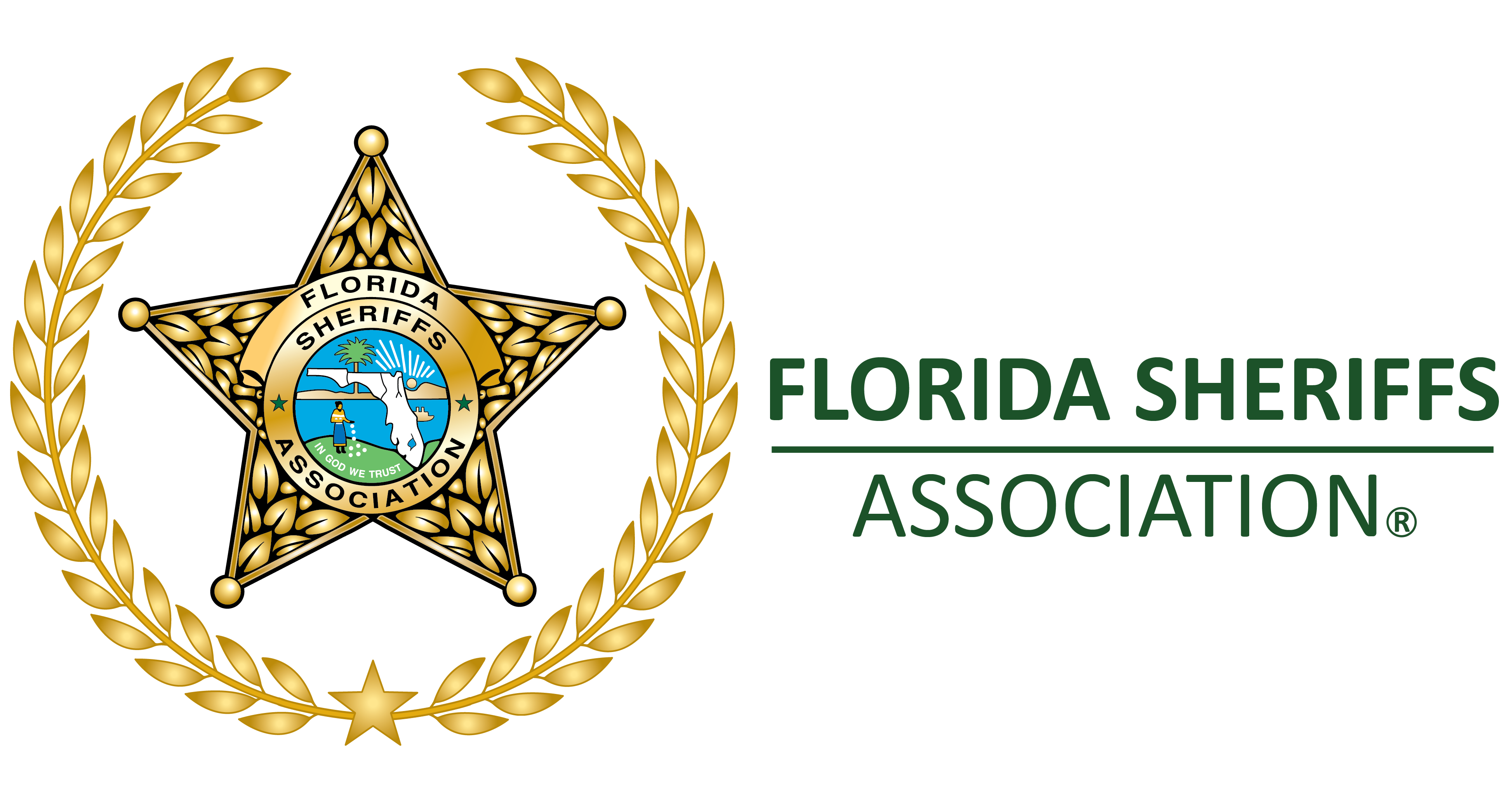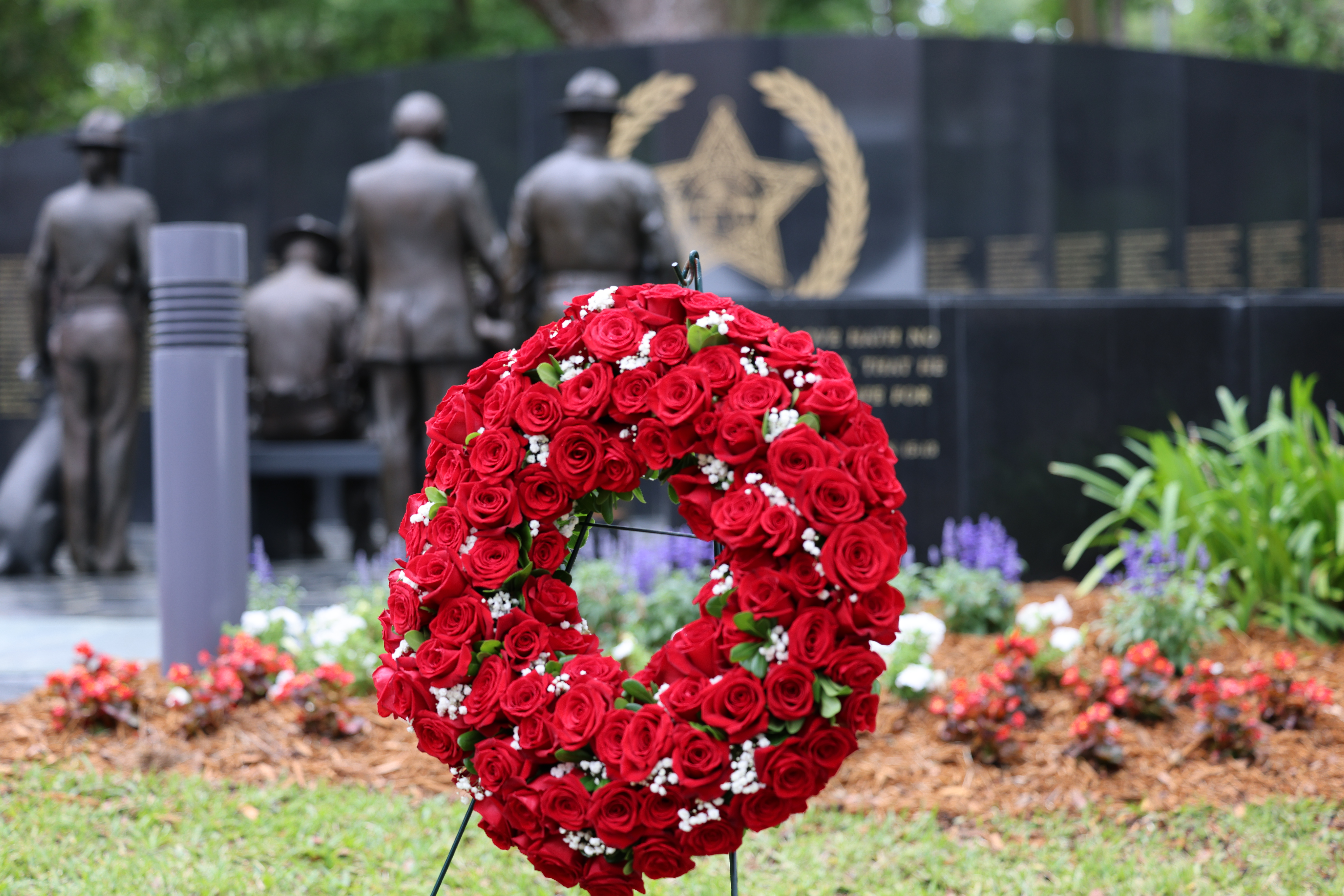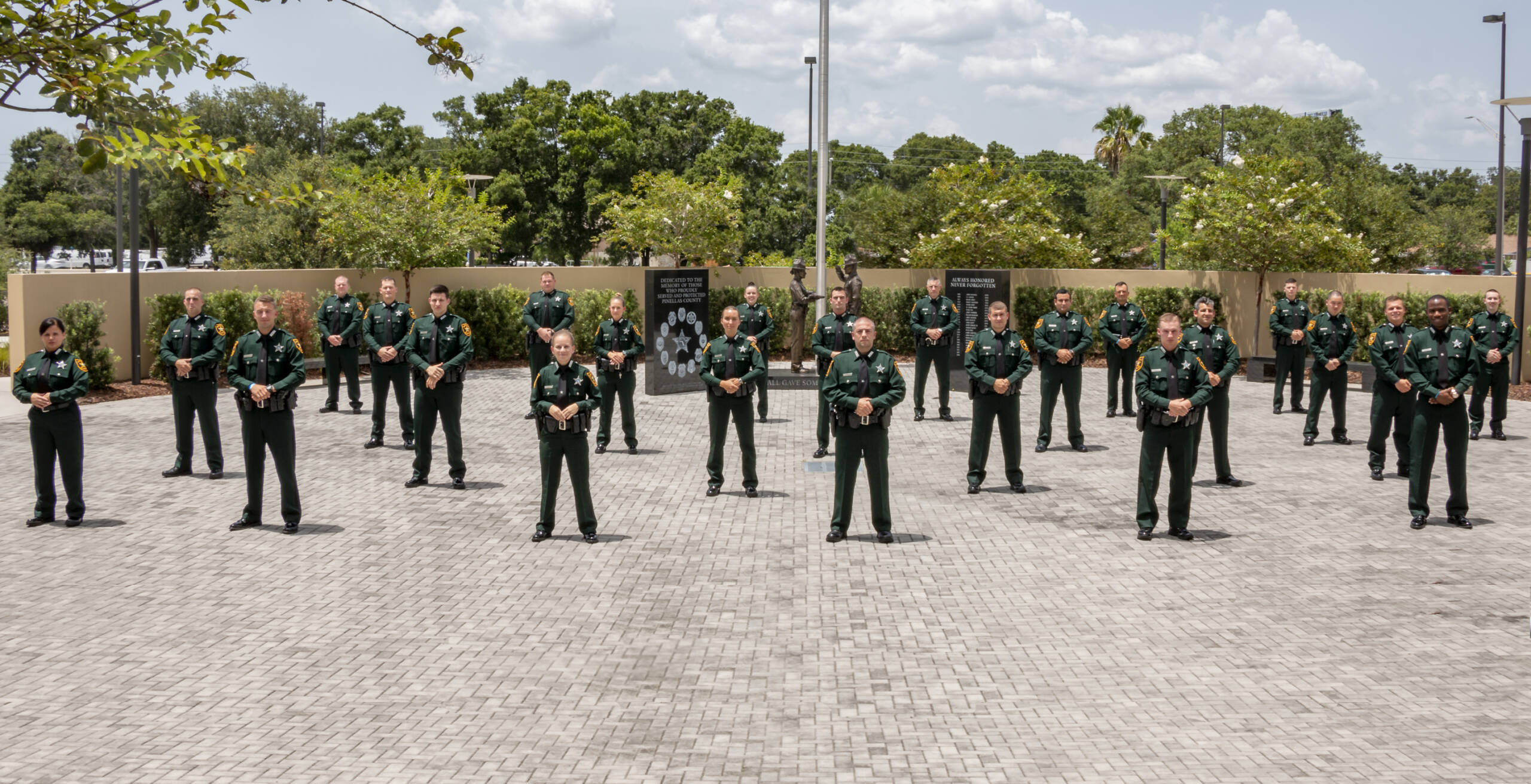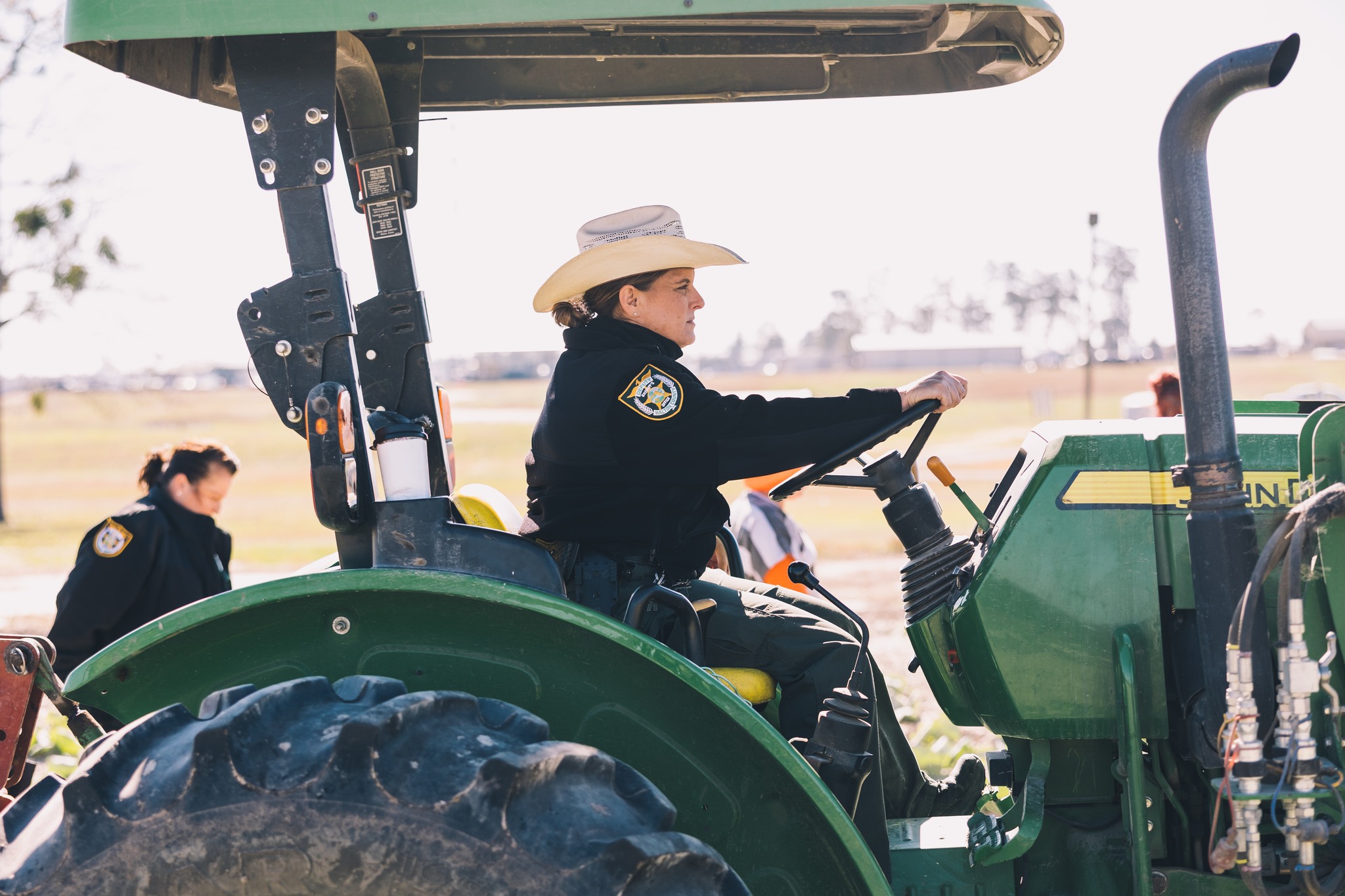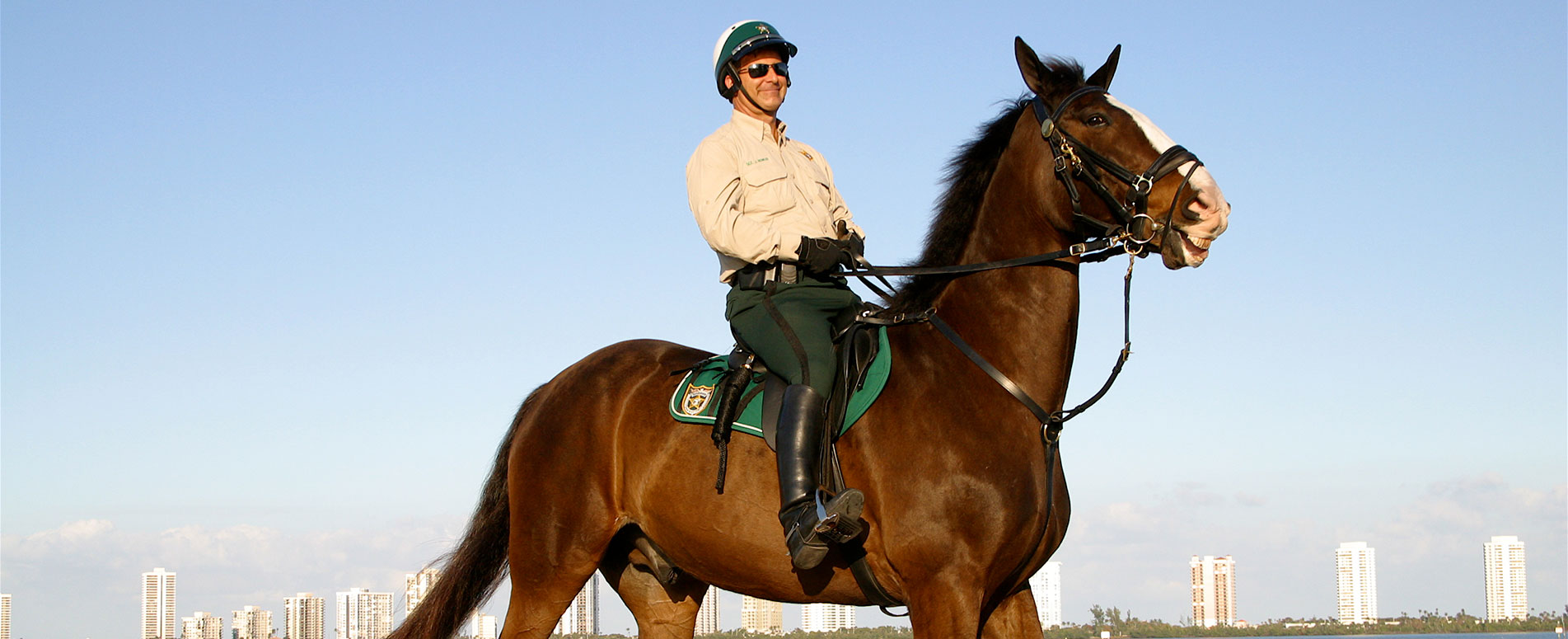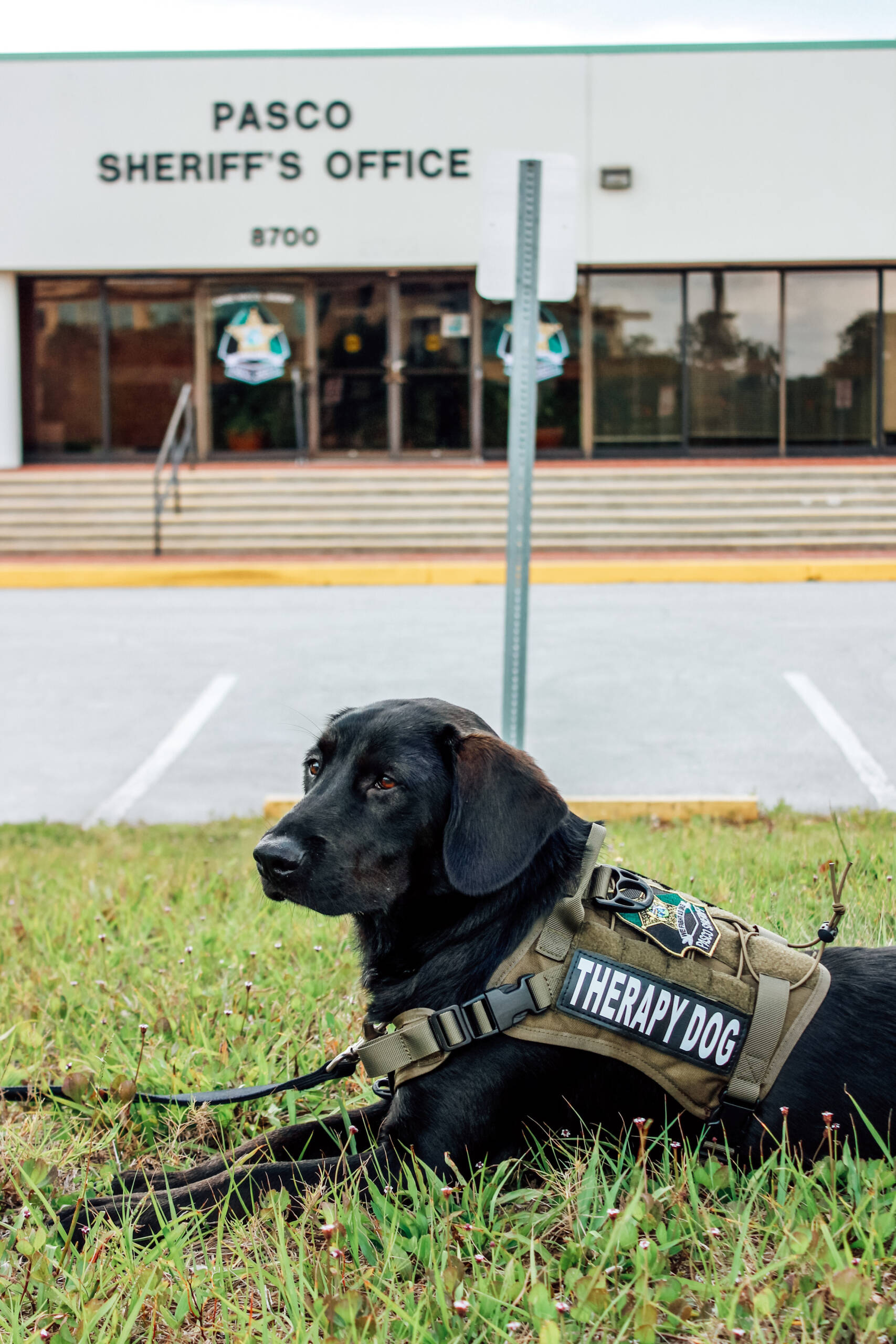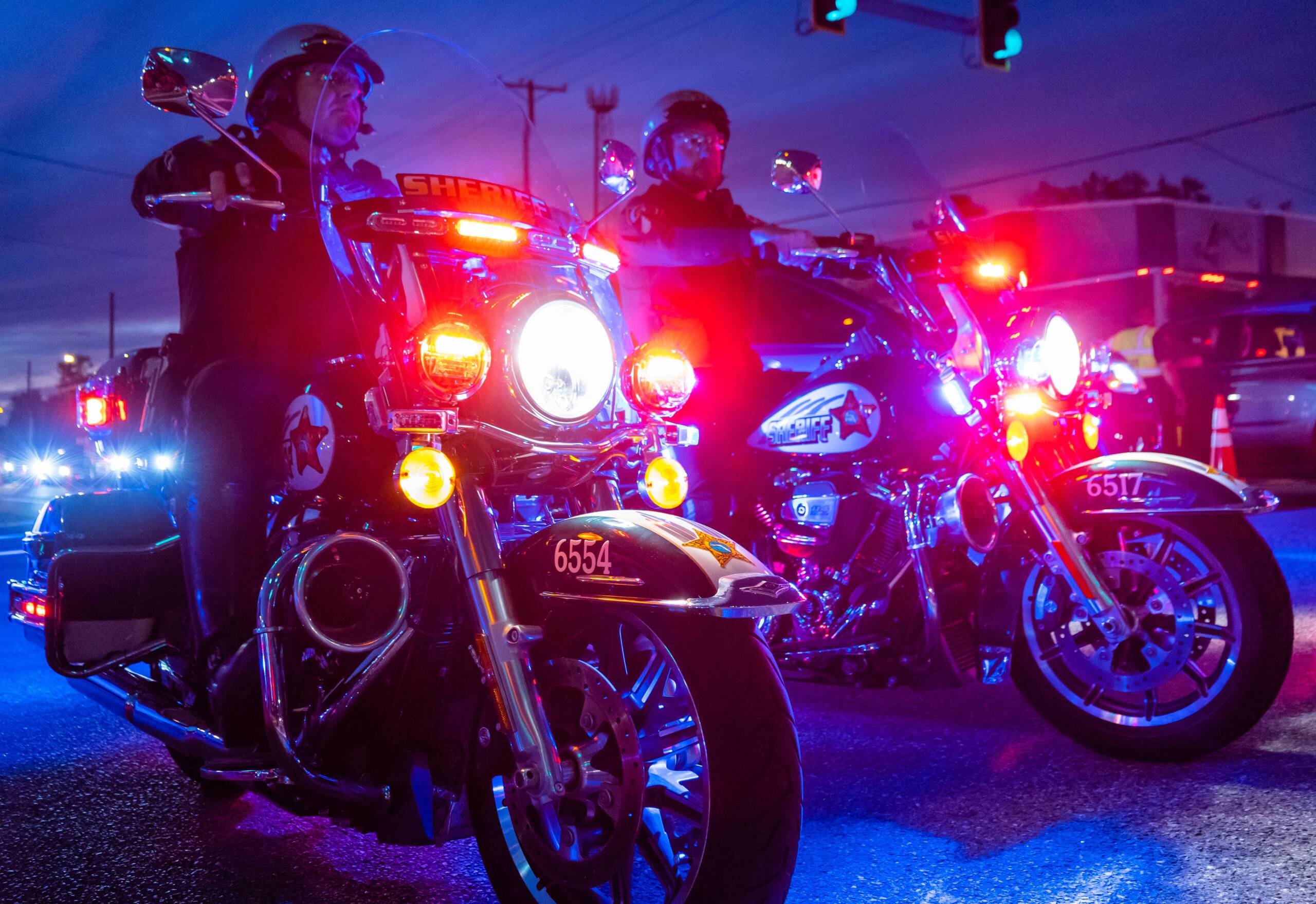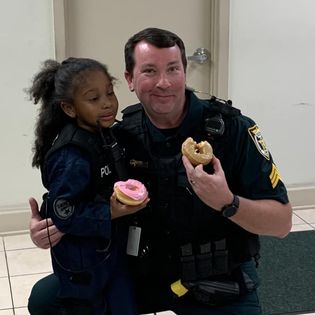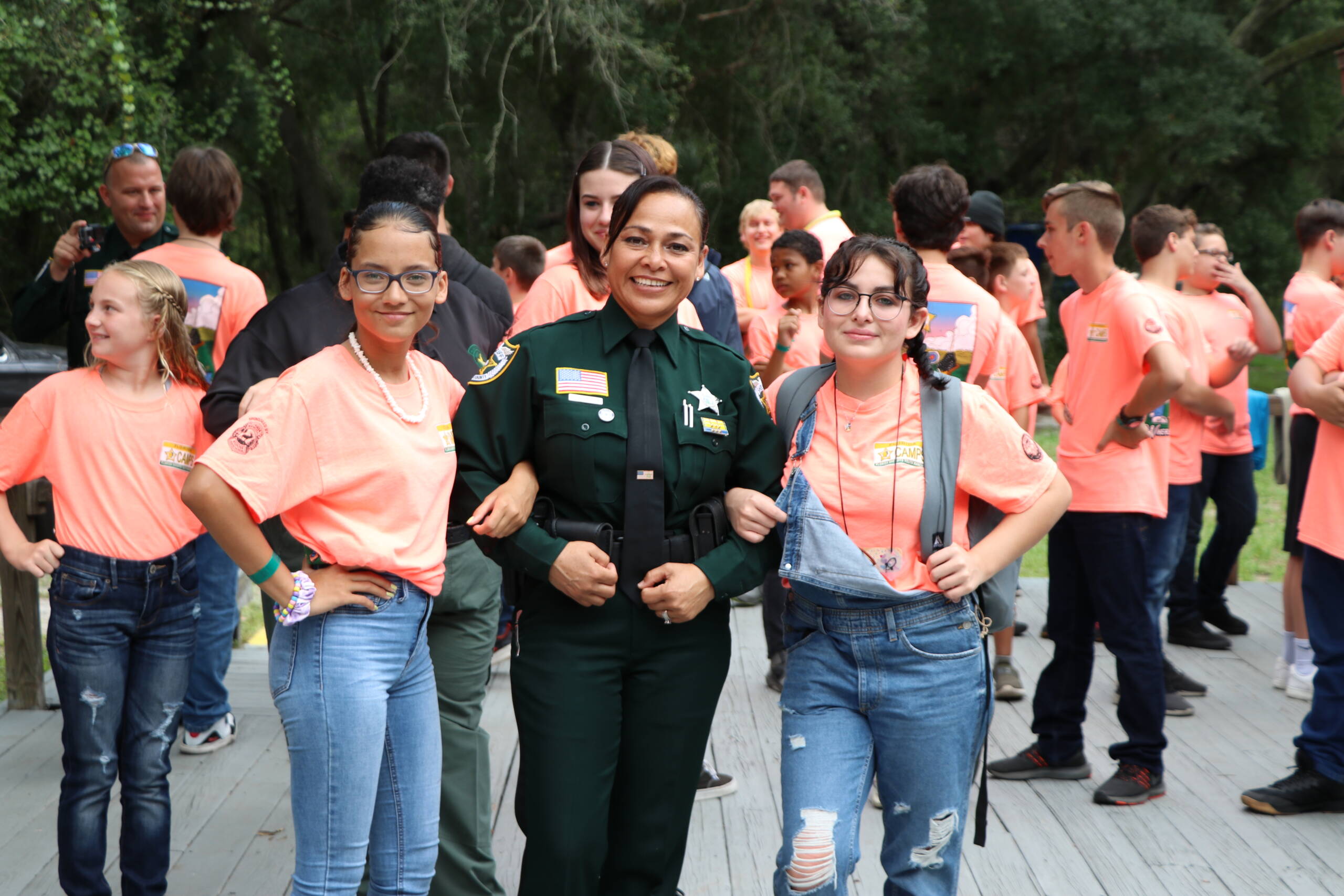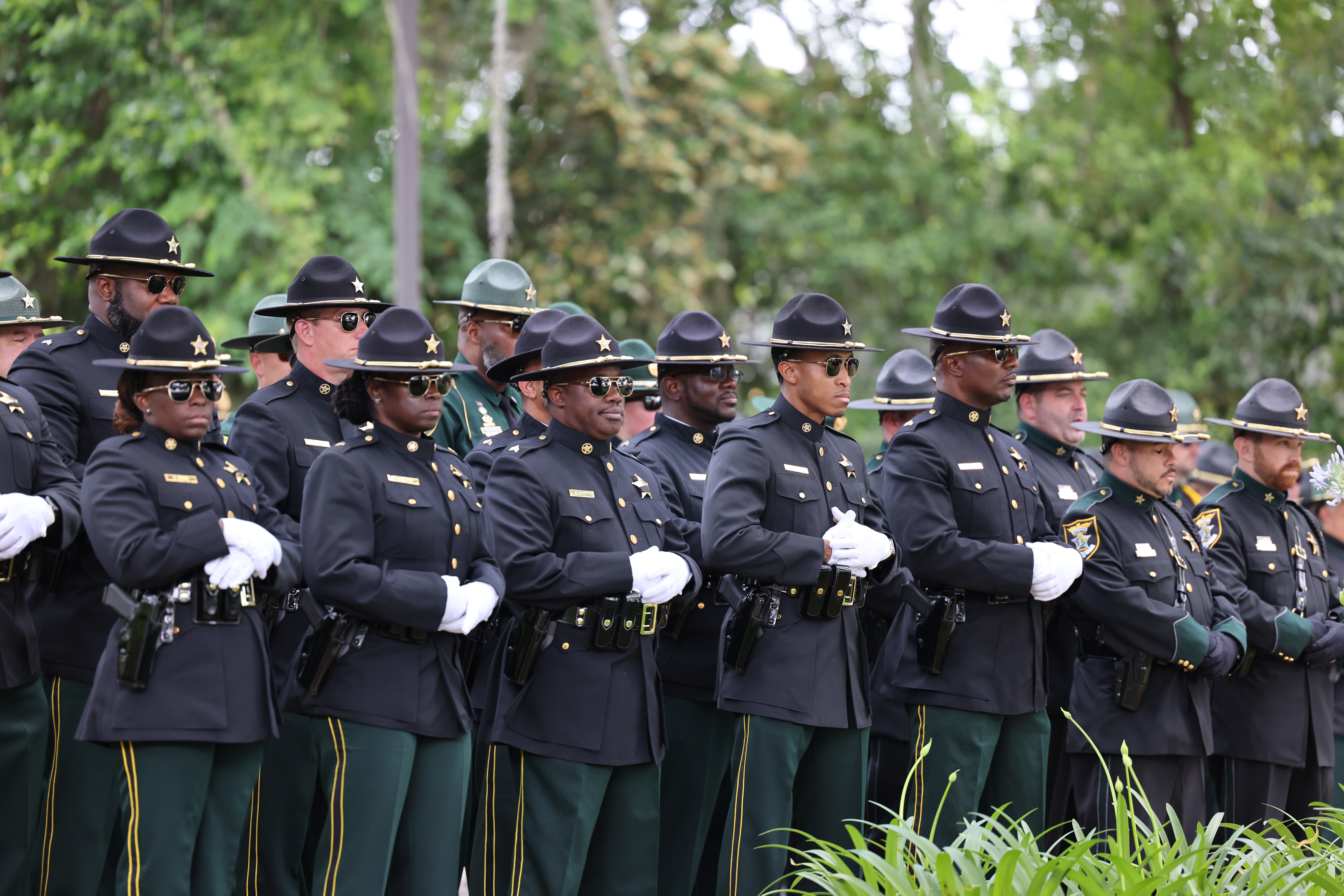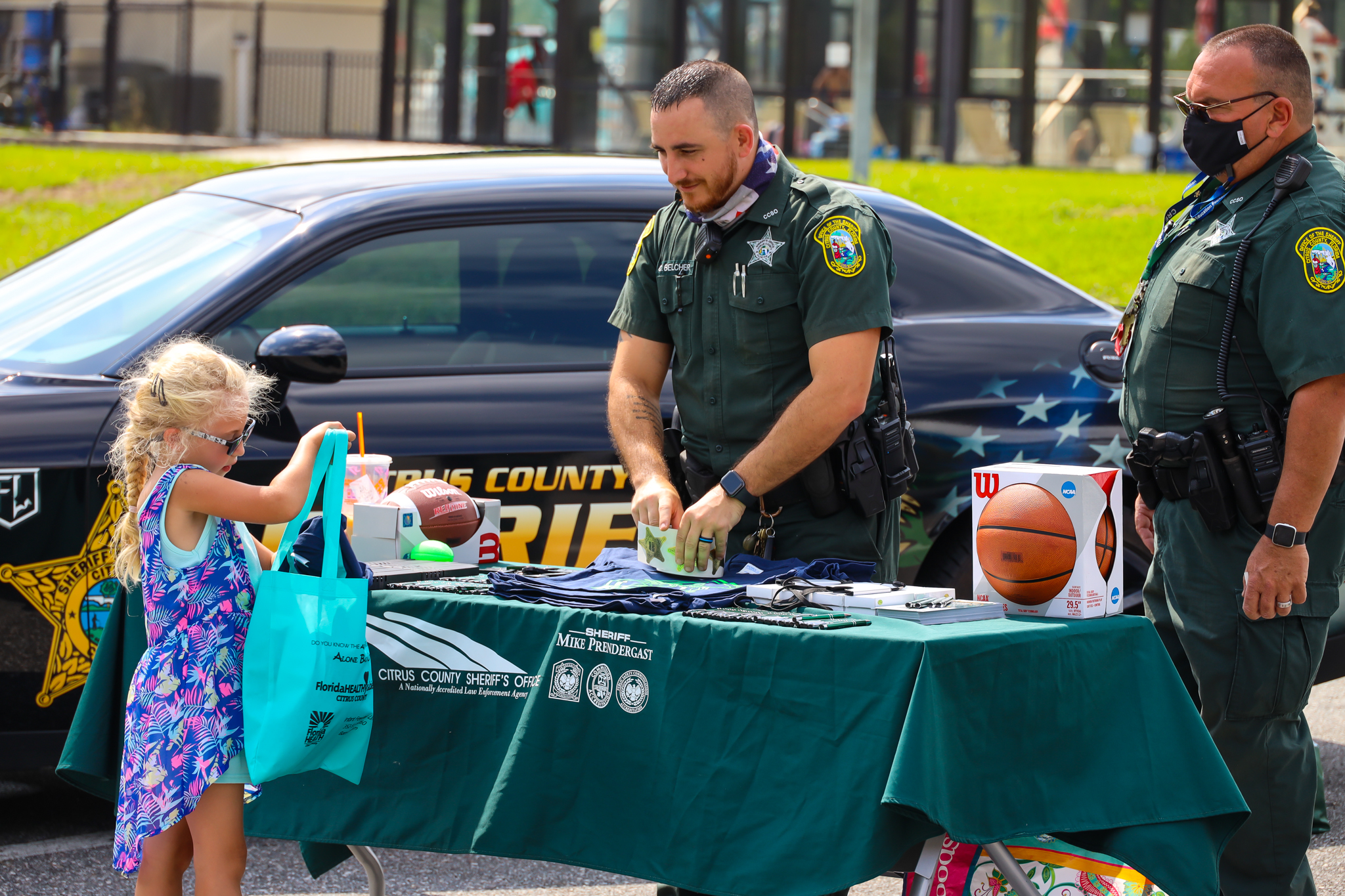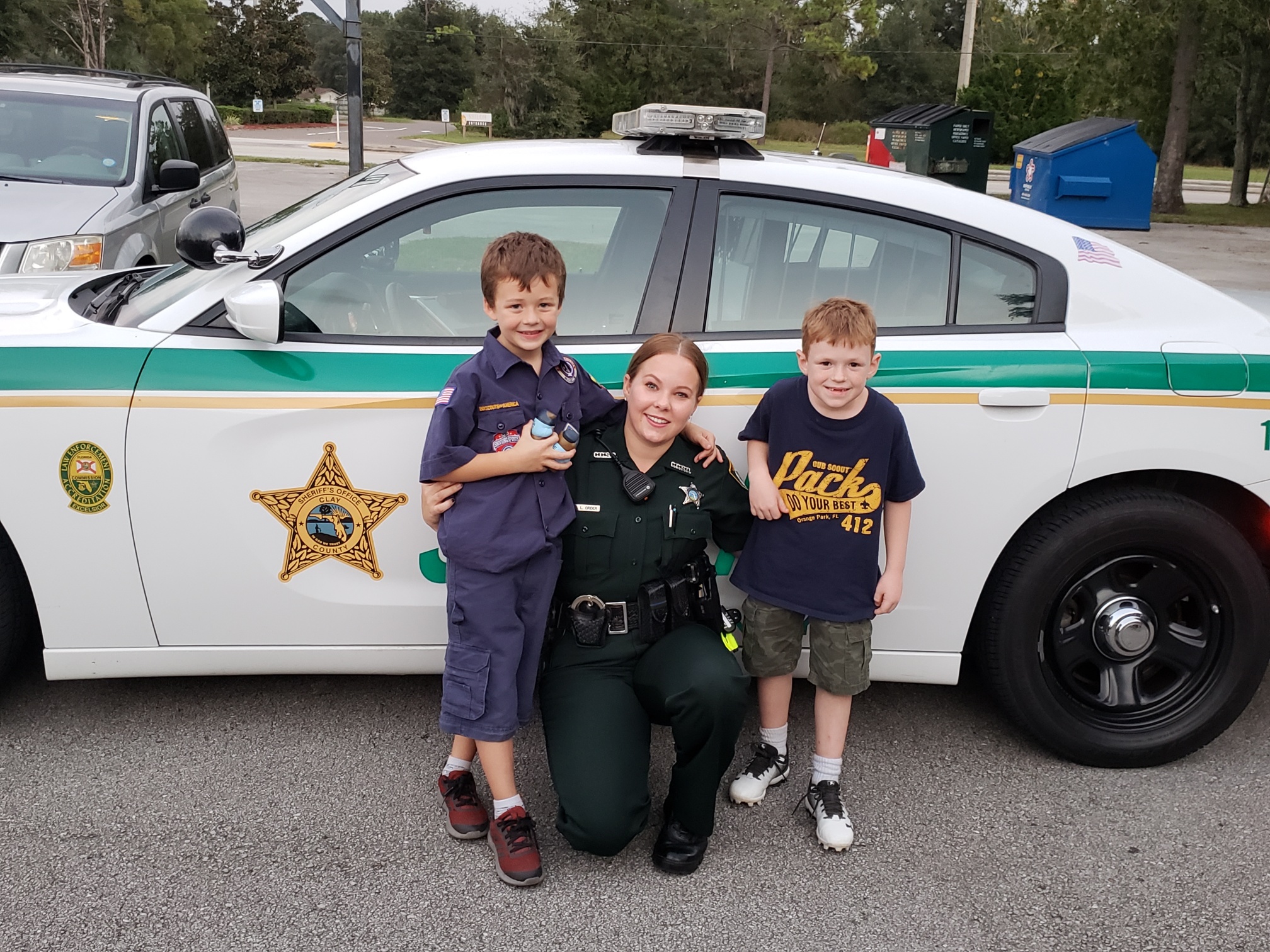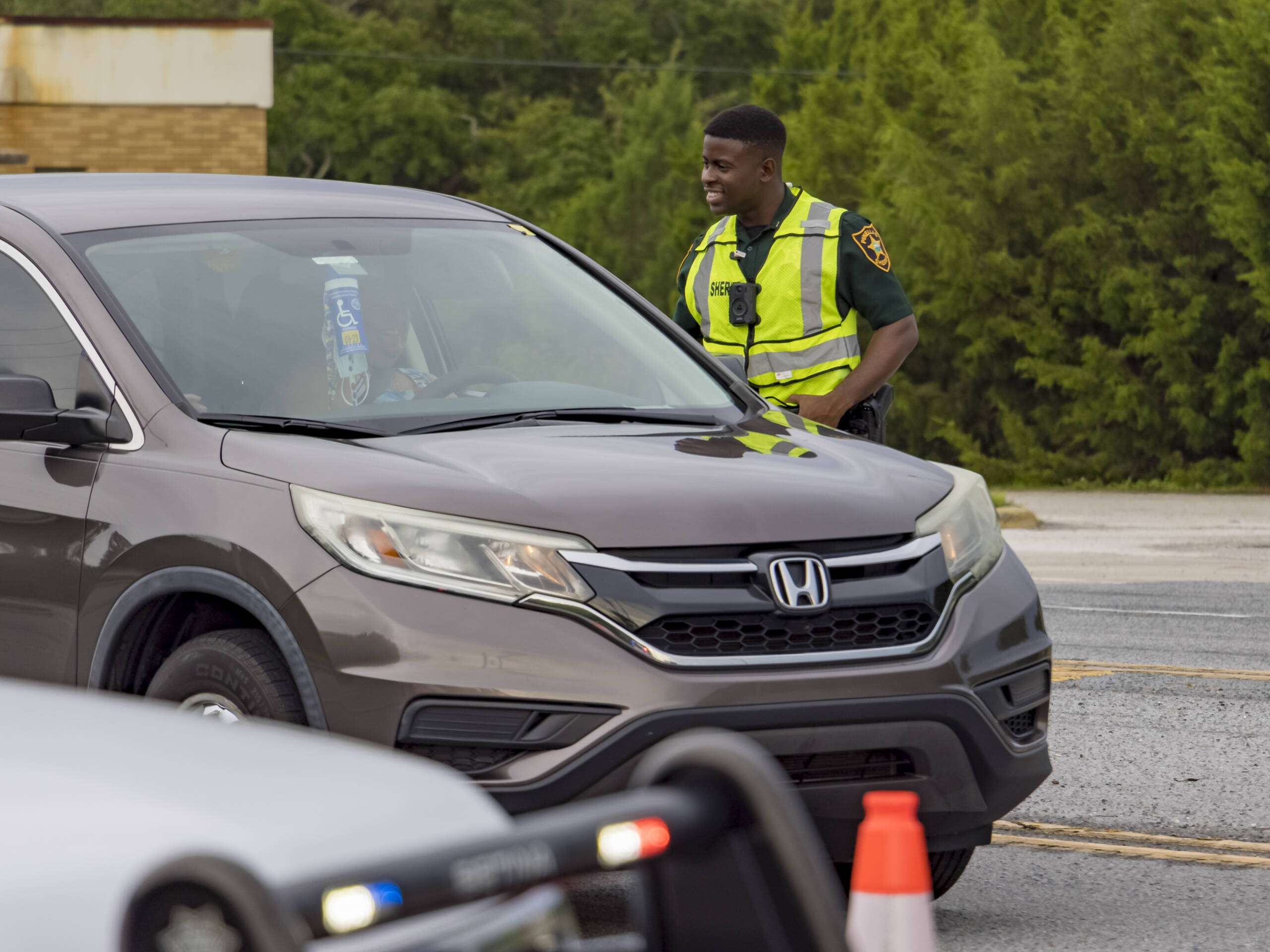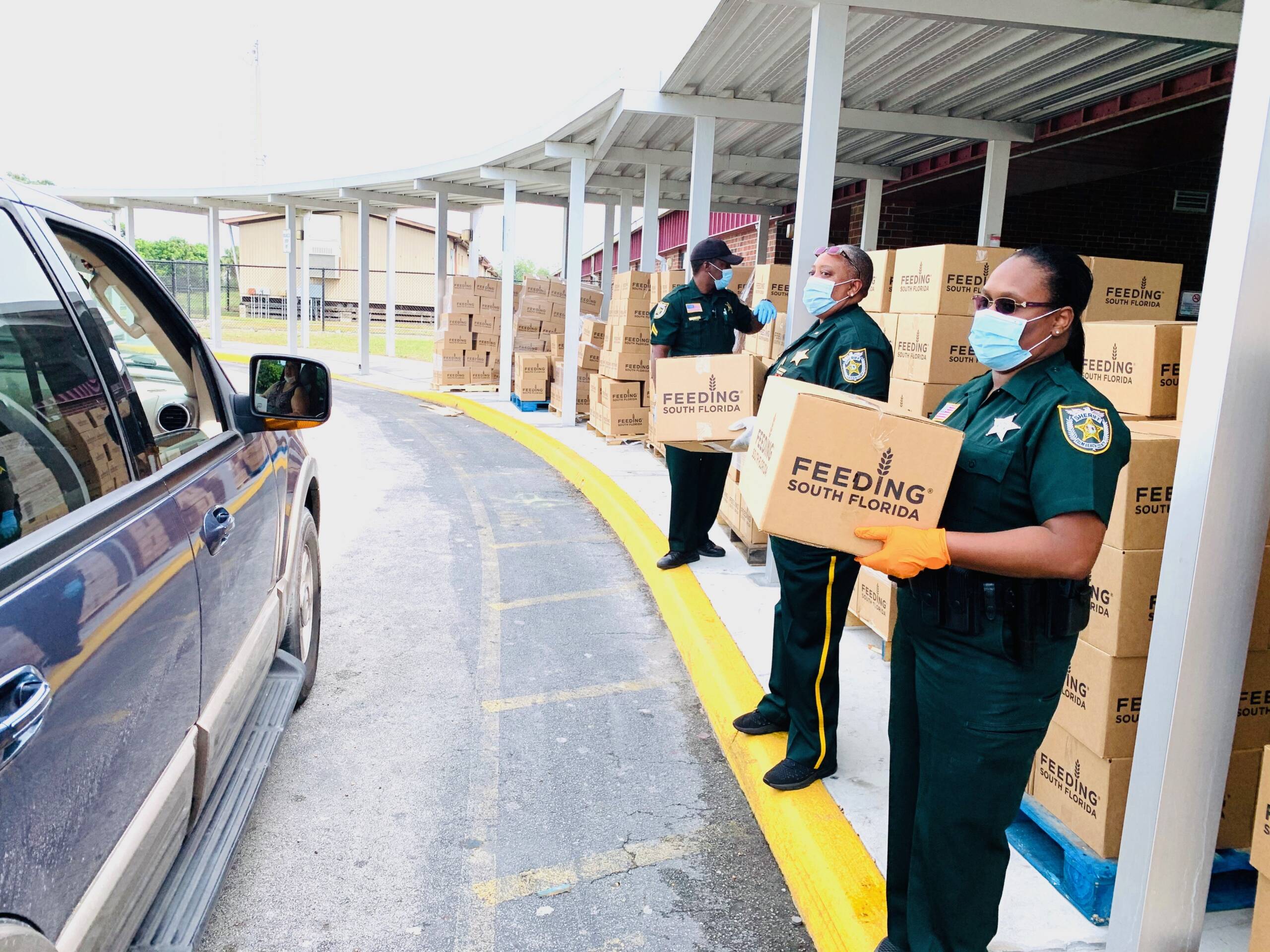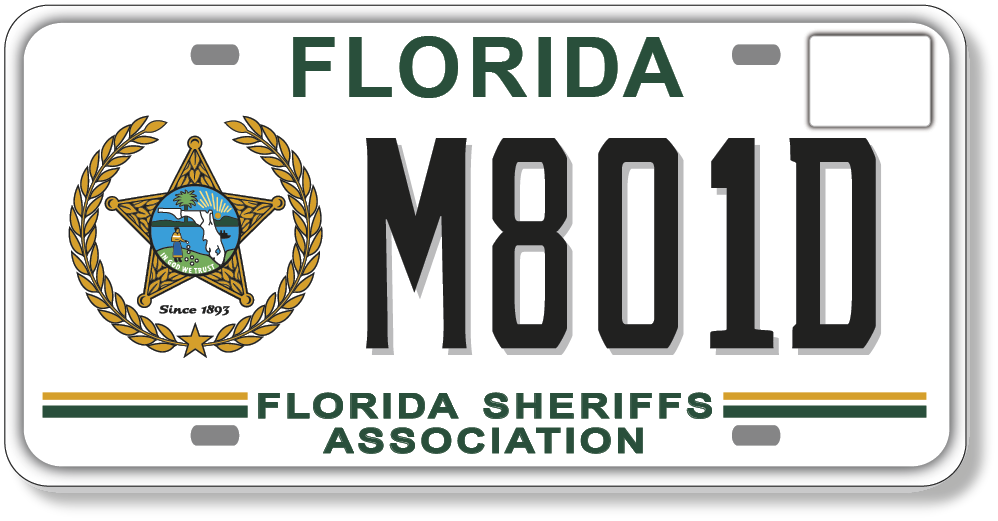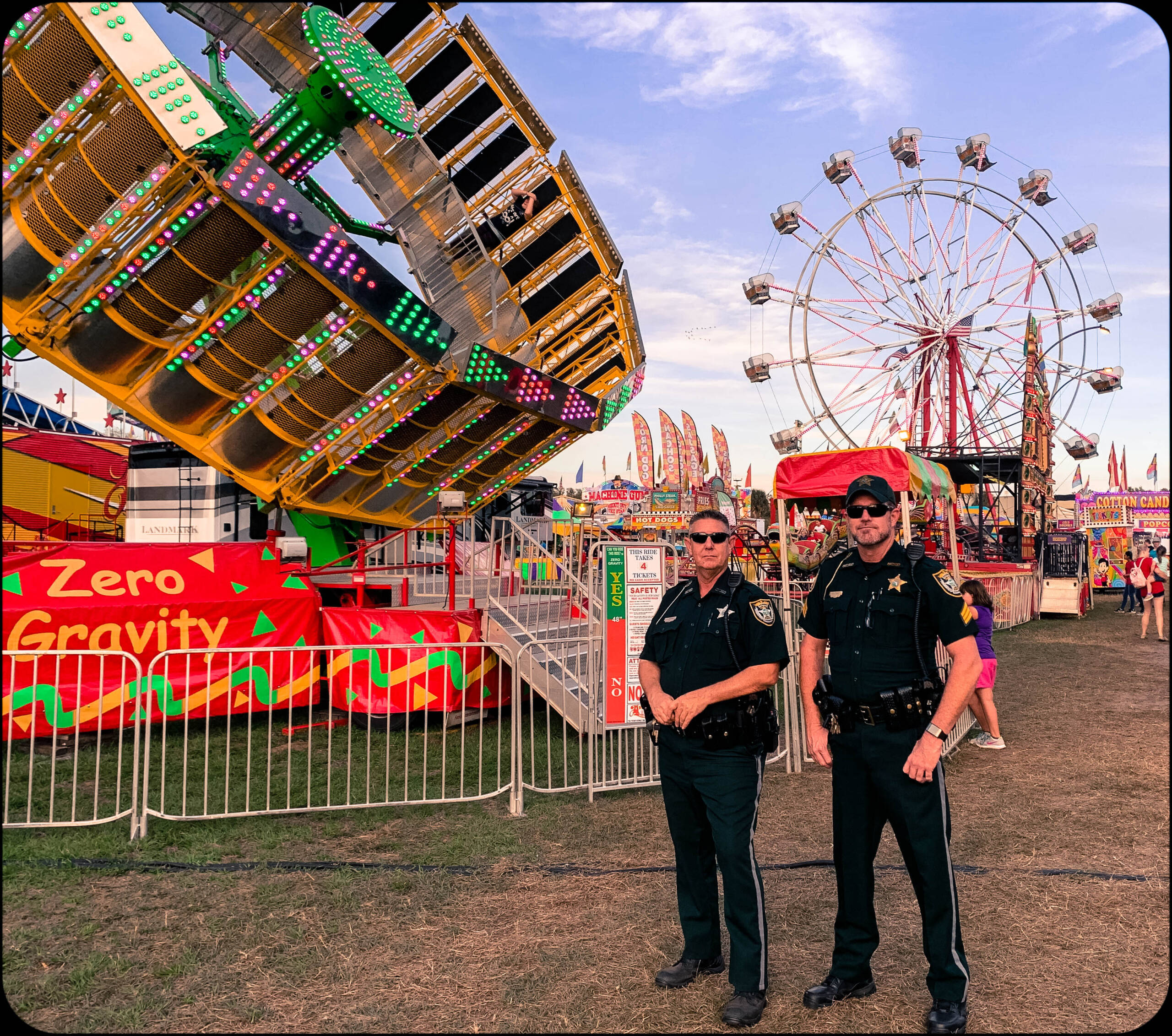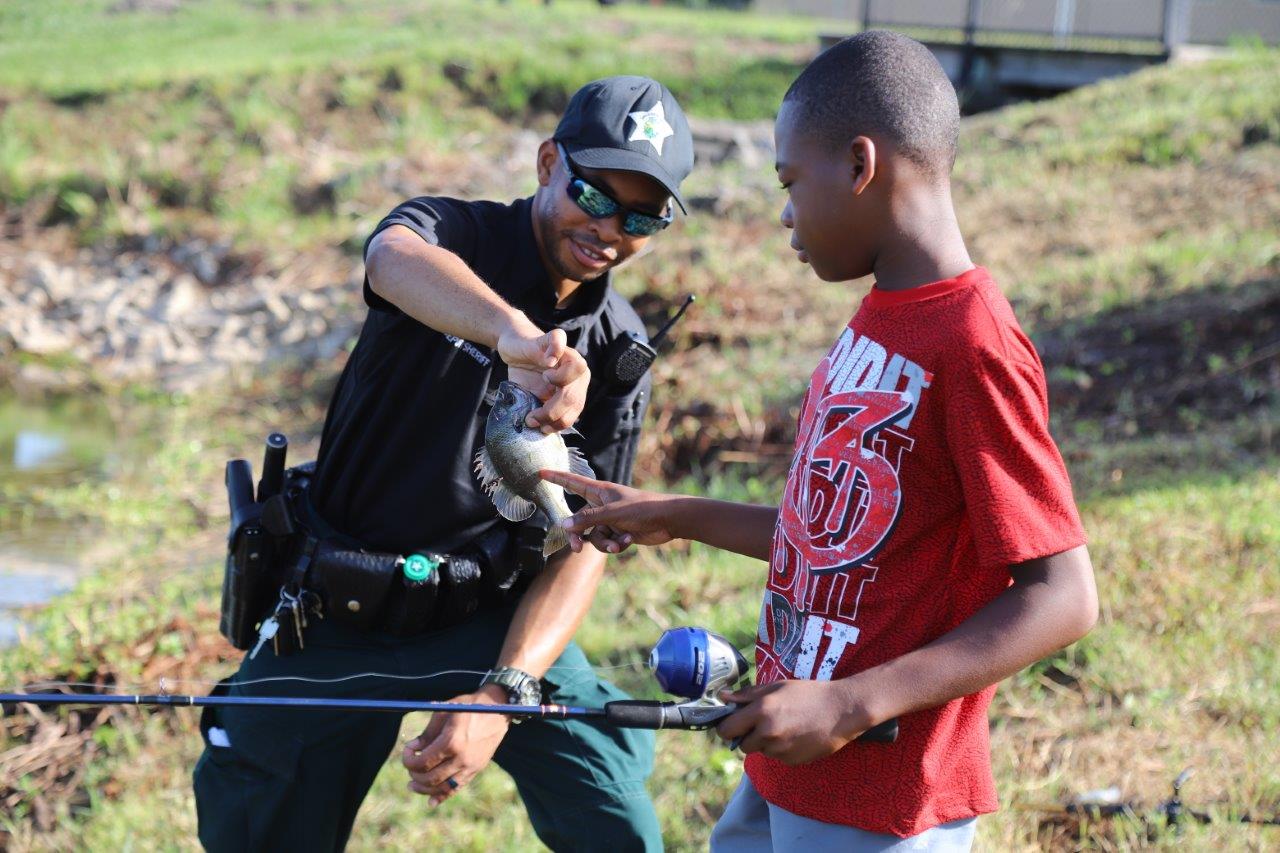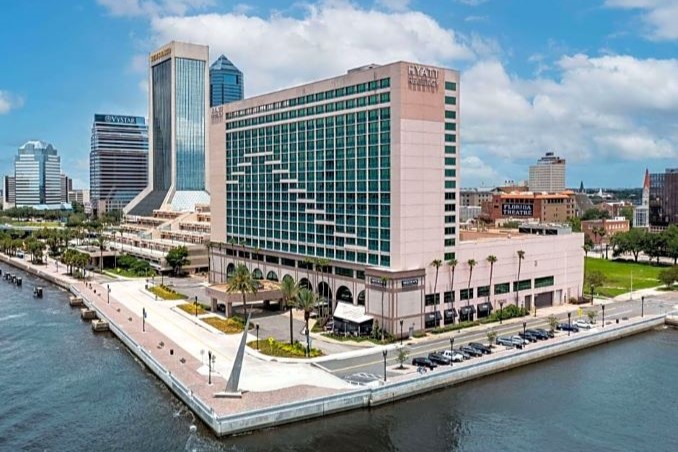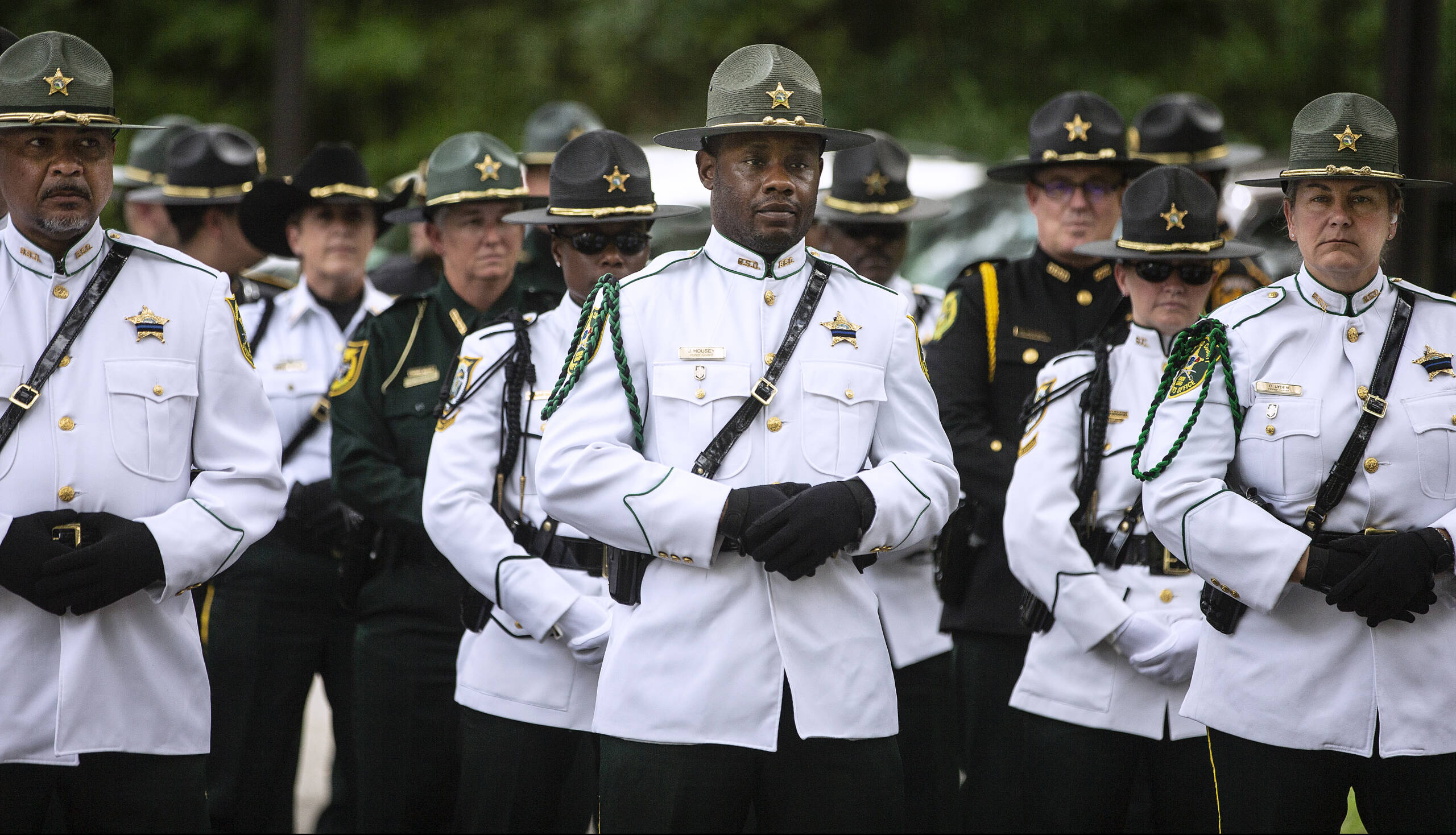The White Shadow: Tampa’s Bolita Kingpin


By David Brand
Law Enforcement Coordinator, Florida Sheriffs Association
During the 1920s, ‘30s, and ‘40s Charlie Wall was the undisputed king of organized crime in Tampa’s Ybor City. Known by the Latin community as “The White Shadow,” because of his white linen suits and hats, he ruled the lucrative Bolita games as well as other unlawful activities.
Tampa has a colorful history. While most people associate organized crime, and the mafia, with New York City, Florida certainly had its share in the early decades of the 20th Century. Charlie Wall ran the Bolita operations, along with bootlegging and prostitution, in Tampa. Predictably, with so much money involved, there was an eventual war with other organized criminals with the Santo Trafficante assuming control of the city.
The White Shadow
Charles McKay Wall was born on March 10, 1880, to a prominent family in Tampa. His father, Dr. John Wall, was a physician who had pioneered Yellow Fever studies. His mother was related to the McKay and Lykes landed-gentry families. His mother died when he was 13 years old and his father died two years later. He was left to be raised by his stepmother whom he hated. One account had him shooting her with a .22 caliber revolver. Another account indicated that he shot the family cook. Either way, he was sent to a juvenile detention center before being enrolled in the Bingham Military School in North Carolina. Being rebellious, he was expelled from military school. After returning to Tampa, he began working as a runner in the expanding numbers racket. Being intelligent, crafty and ruthless, he began to work his way up and eventually seized control of all the Bolita rackets in Tampa.
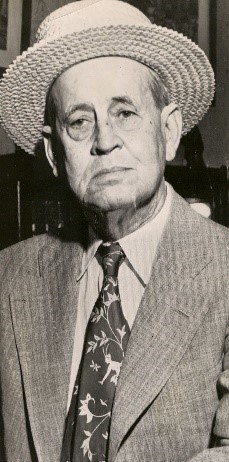
Charlie Wall, The White Shadow
The Cubans in Ybor City called Wall El Sombre Blanco–“The White Shadow” because of the white linen suits and straw bowler hat he wore. The screenwriters in the movie “Godfather II” may have paid tribute to The White Shadow in their character development of Don Fanucci, “The Black Hand” who ruled the Mulberry Street area in New York as he sported a white linen suit and hat.
Bolita
Bolita is a game of chance that originated in Cuba. By 1900, it had become popular in Tampa; specifically, in Ybor City. Nightly, crowds would gather around one of the sporting parlors, such as the El Dorado or Lincoln Club, to watch the daily “throwing.” One hundred ivory balls with black numbers were placed on a table for everyone to look at. This ensured that none of the balls were missing. Next, the 100 balls were placed in a sack that was tied closed. The sack was then thrown from person to person to ensure the balls were shaken up. A “catcher” then caught the sack, held one ball within the sack with his hand, and tied a string around the ball to separate it from the rest. The sack was then cut open with the winning ball falling out. Of course, there were ways to cheat. One of the balls could be frozen so the catcher could feel it or several drilled and filled with lead so they would settle to the bottom of the bag as it was being thrown around. The winner(s) would collect their winnings and the process would begin again the next night.
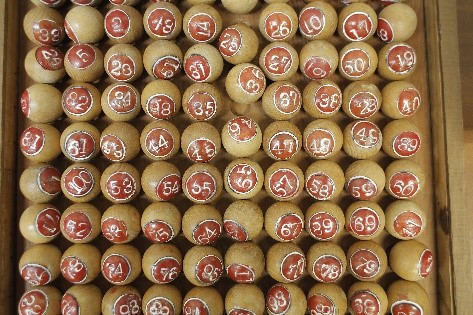
Bolita balls
The Era of Blood
Along with bolita and bootlegging, insurance fraud involving arson became another lucrative crime in the 1920s and ‘30s. Organized criminals would buy homes that had fallen into foreclosure during the Great Depression, insure them, sometimes purchase furniture to place in them, and then torch them for the insurance money. In 1931, arson accounted for over 85% of fire damage in Tampa.
The Tampa fire chief contacted Ybor City resident Angelo Lazzara, who was known to have contacts in the Tampa underworld, to help identify who was responsible for the arsons. Lazzara began working undercover in the Ybor City area. On July 27, 1931, Lazzara was driving in Ybor City when he was killed by two shotgun blasts.
On another occasion, Gus Perez, a Cuban-American who owned a furniture store in Tampa, testified in court that he had sold furniture to Mario Perla a few weeks before an arson destroyed a house Perla had recently purchased. On July 25, 1936, while driving in Ybor City, he was killed by a shotgun blast from another car. Between 1937 and 1938 there were several more deaths from gunfire as different factions fought it out over control of the city’s underworld. While powers were shifting, Charlie Wall still ran the largest mob from the 1920s until around 1945 expanding into Pinellas, Pasco, Polk and Hernando Counties.
The Santo Trafficante, Sr. Mafia family
By 1945, Santo Trafficante had achieved clout and power equal to the five Mafia families in New York and pushed Wall out of the rackets while sparing his life. Trafficante, Sr. died on April 11, 1954, leaving Santo Trafficante, Jr. as head of the family. Upon Senior’s death, the protection over Charlie Wall no longer existed. Much like in the movie “The Godfather,” Trafficante, Jr. set about settling all family business.
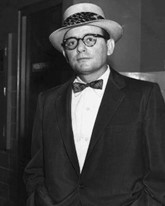
Santo Trafficante, Jr.
Charlie Wall was murdered in his modest Ybor City home on April 18, 1955. The unsolved homicide, which involved being beaten with a baseball bat and having his throat cut, must have been accomplished by someone he knew since there was no forced entry into the home.
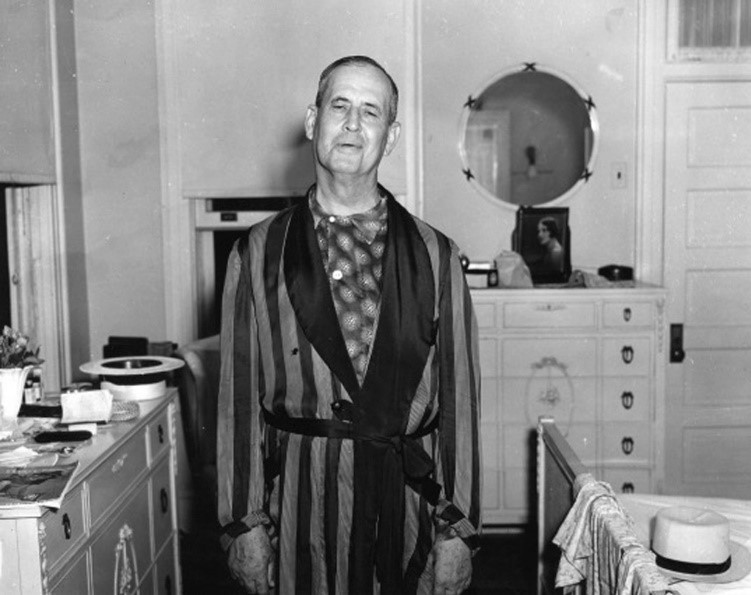
Charlie Wall at home.
The organized crime wars in Tampa were over.
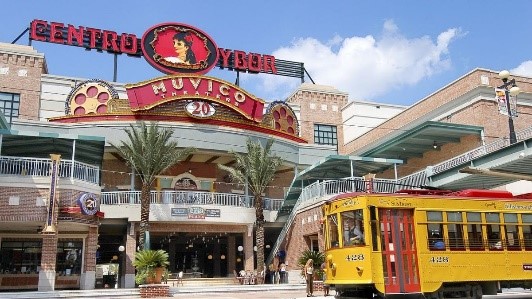
Ybor City today
